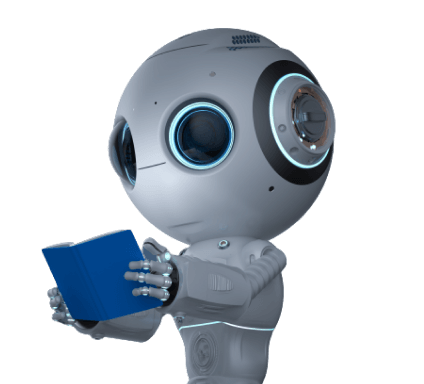Results for ""
One of the most anticipated developer conferences of the year, Google I/O 2022, took place on 11 May 2022 at 10:30 pm IST and kickstarted with Alphabet CEO Sundar Pichai's keynote speech.
With over 200 speakers, the summit covered a wide range of topics and featured a flood of announcements on the latest AI and ML advancements. After the pandemic, this time, users browsed the site to see product demos, interacted with Googlers, earned Google Developer profile badges and virtual swag, participated with the developer community, and created an avatar among other things.
Below, we have listed the AI & ML announcements made at Google's flagship programme:
LaMDA-2 - the updated language model
At the Google I/O conference, Alphabet CEO Sundar Pichai launched LaMDA 2 - an updated version of LaMDA. Similar to many language models, including BERT and GPT-3, the LaMDA is built on Transformer, a neural network architecture that Google Research invented and open-sourced in 2017. The resulting architecture creates a model that can be trained to read a set of words (a phrase or paragraph, for example), pay attention to how those words relate to one another, and then predict what words will appear next.
In the words of Pichai, Google is continuing to advance their conversational capabilities. Say, two ways - conversation and natural language processing (NLP) - are strong factors to make computers more accessible to everyone. And, large language models (LLMs) are key to this.
In his keynote speech, Sundar Pichai highlighted the potential of the new dialogue system. He demonstrated this by having a user query LaMDA 2 about Mariana Trenches. The AI system had to respond to a series of queries one by one. It reacted to questions, but it also answered questions about subjects for which it had not been specifically trained.
Google's map 'Immersive View'
Google released "Immersive View," a new feature for Google Maps. The new tool allows users to see a location from above before dropping down to specific locations via Street View. One can get updates about live traffic and weather and can even get an inside view of the restaurant, with many other things.
"Using advances in 3D mapping and machine learning, we're fusing billions of aerial and street-level images to create a new high-fidelity representation of a place. These breakthrough technologies are coming together to power a new experience in map called immersive view," said Pichai. "It allows you to explore a place like never before. For example, say you're planning to visit Westminster with your family. You can get into the immersive view straight from Maps on your phone, and you can pan around the side," he added.
The images for this new feature are created using a combination of Street View and captures from Google Satellite. The data from both sources are then combined and placed in an accurately scaled environment, as told by Liz Reid, a VP of engineering at Google to The Verge. The Immersive view option, based on Google Earth, is supposed to provide amazing degrees of magnification on a neighbourhood level.
Pathways Language Model (PaLM)
"To explore other areas of natural language processing (NLP) and AI, we recently announced a new Pathways language model or PaLM," said Pichai.
The language model is trained on 540 billion parameters. Pichai further claimed the model outperformed the competition on a variety of NLP tasks, such as creating code from text, answering a math word problem, and even explaining a joke. PaLM demonstrates the first large-scale use of the Pathways system to scale training to 6144 chips, the largest TPU-based system configuration used for training to date. It further achieves a training efficiency of 57.8% hardware FLOPs utilisation, the highest yet achieved for LLMs at this scale.
AI Test Kitchen
Google has launched the AI Test Kitchen and showcased three demos:
- First, named 'Imagine It' - It allows users to suggest an idea for conversation and the language processing model of Google then comes back with "imaginative and relevant descriptions" about the idea.
- The second is named "Talk About it' - The feature ensures that the language model should stay on the topic, which is a challenging task.
- The third model is named 'List It Out' - The model comes with the responsibility to propose a potential list of to-dos, things to keep in mind or pro-tips for a specified task.
To conclude, Sanskrit, Assamese, Bhojpuri, Konkani, and Mizo are among the 24 new languages added to Google Translate. The tech working behind these languages is known as 'Zero-Shot Machine Translation,' in which a machine learning model only observes monolingual text and learns to translate without any example ever seen in the past.
Watch the entire conference here.






